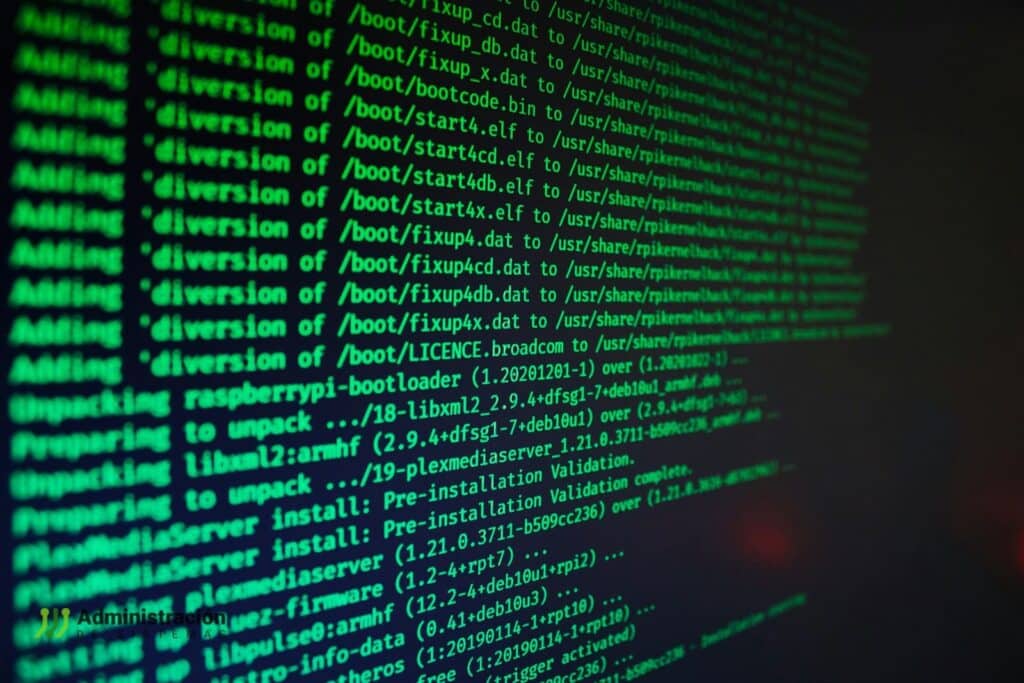In the world of the Linux terminal, there are often commands or sequences of commands that we execute frequently. Sometimes, we forget a command we ran a while ago and wish we could retrieve it. This is where the history command comes into play. In this article, we’ll dive into how the history command works on Ubuntu and Debian distributions, allowing you to review and reuse previously executed commands.
Why is the Command History Useful?
The terminal is powerful, but remembering every command can be challenging, especially for beginners. Let’s explore why the command history is so crucial.
Facilitates Task Repetition
Imagine you’ve executed a complex series of commands to perform a task. Instead of remembering and typing everything again, you can simply check your history and reuse them. This saves time and effort, especially for repetitive tasks.
Helps Identify Errors
If you’ve ever run a command and received an unexpected result, you can use history to review recent commands and detect potential errors. It’s a great tool for debugging issues and understanding what went wrong in previous steps.
How to Use the “History” Command
The history command may seem basic at first, but it offers more than meets the eye. Let’s explore how to use it to view and reuse your past commands efficiently.
Basic Usage
To view your command history, simply enter the following command in the terminal:
historyThis command will display a numbered list of the commands you’ve recently executed, listed in chronological order. It’s a quick way to review everything you’ve done in the terminal.
Filter and Search History
If you’re looking for a specific command you ran earlier, you can combine history with grep to search efficiently. For example, if you want to find a command related to “apt-get”, you can use:
history | grep "apt-get"Code language: JavaScript (javascript)This will show all instances where you used apt-get in your history.
Execute Commands from History
One of the most useful features of history is the ability to execute commands directly from your history. To do this, simply use the exclamation mark followed by the number of the command in your history. For example, if you want to execute command number 100 from your history, you can do it like this:
!100This command will execute the command corresponding to number 100 in your history.
Additional Tips and Tricks with “History”
As you get more familiar with history, you’ll discover that there’s even more you can do with it. Here are a few additional tips.
Limit the History Size
By default, Linux saves the last 1000 commands in the history. If you want to increase this number to save more commands, you can do so by editing the .bashrc file. Add or modify the following line:
export HISTSIZE=2000Code language: JavaScript (javascript)This will configure your system to save up to 2000 commands in the history.
Avoid Saving Specific Commands
Sometimes, there are commands you don’t want to save in the history, such as passwords or sensitive commands. To prevent a command from being saved, simply place a space before typing it:
[space]my_secret_commandCode language: CSS (css)This command will not appear in your history, ensuring better privacy and security.
Clear the History
If you ever want to clear your entire history, you can easily do so with the following command:
history -cThis command will erase all records from your current history, which can be useful for keeping your terminal clean or for security reasons.
Conclusion
The history command in Linux is a simple yet powerful tool that allows you to review, reuse, and manage the commands you’ve executed in the terminal. By using it, you can increase your efficiency by avoiding repetitive tasks, detecting errors in previous commands, and keeping your system organized. Whether you’re using Ubuntu, Debian, or any other distribution, mastering the history command is an essential skill to optimize your Linux experience.

